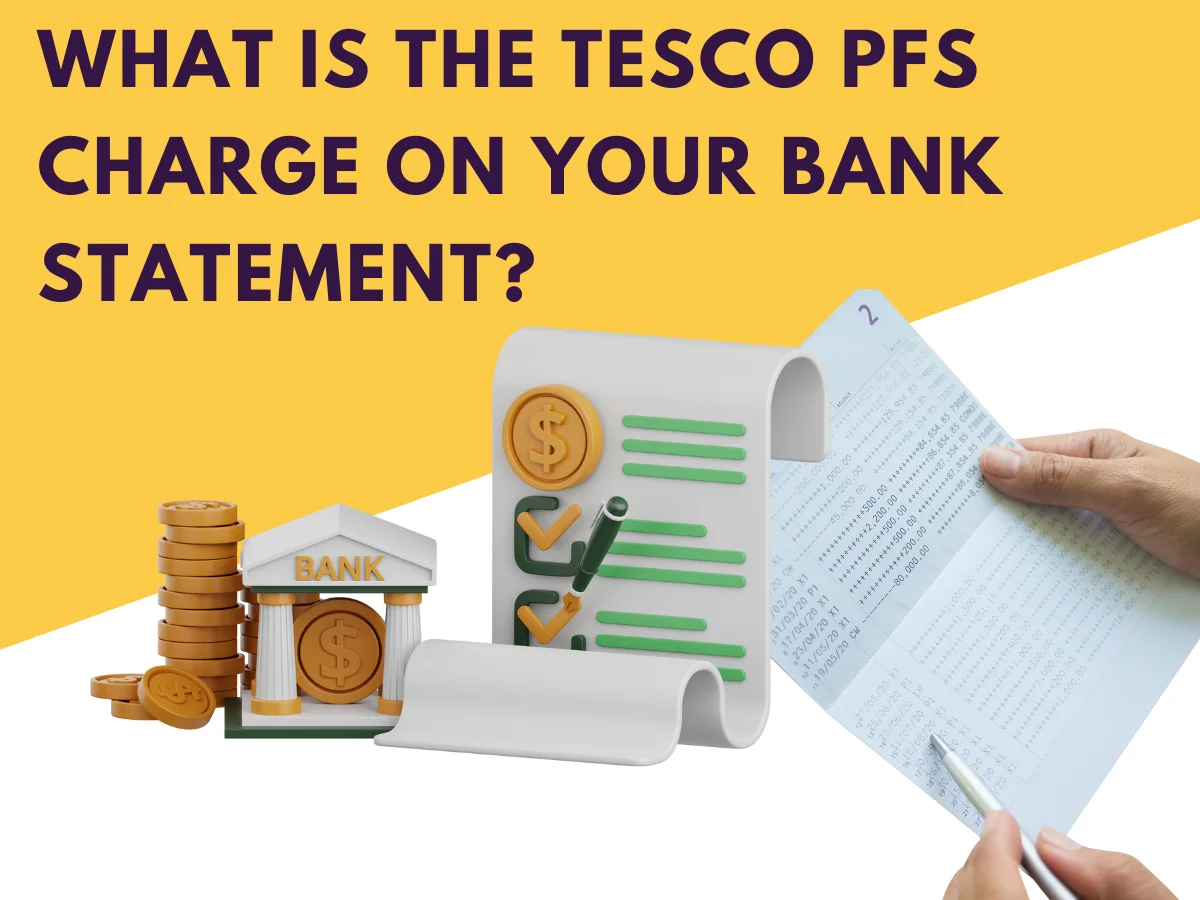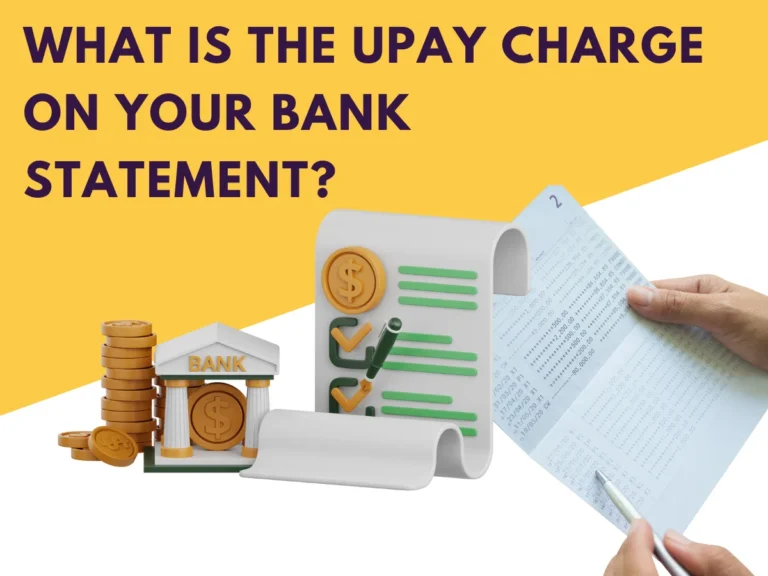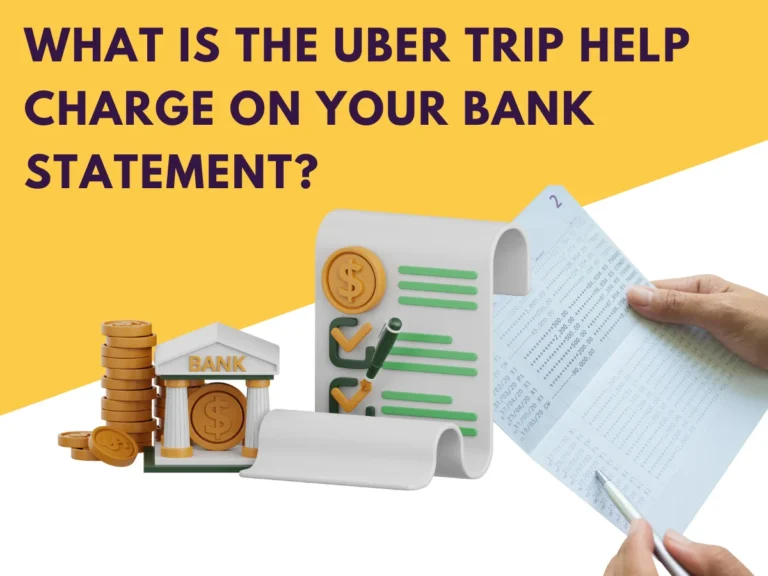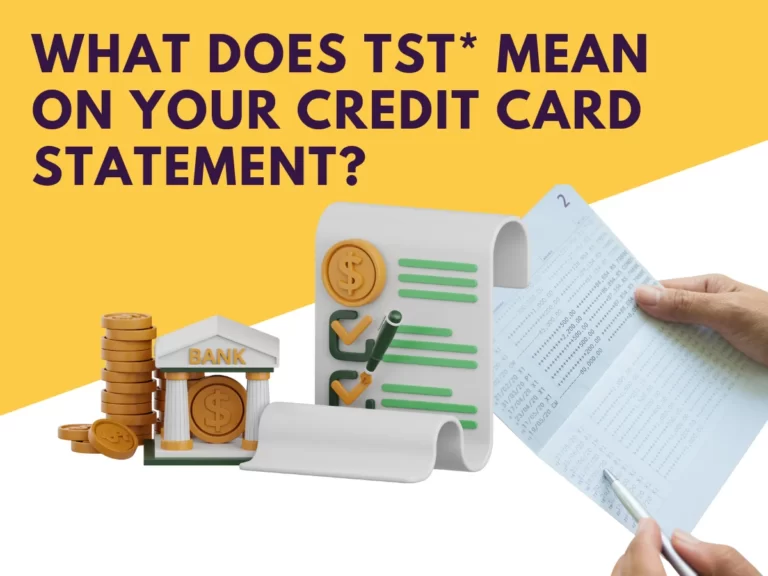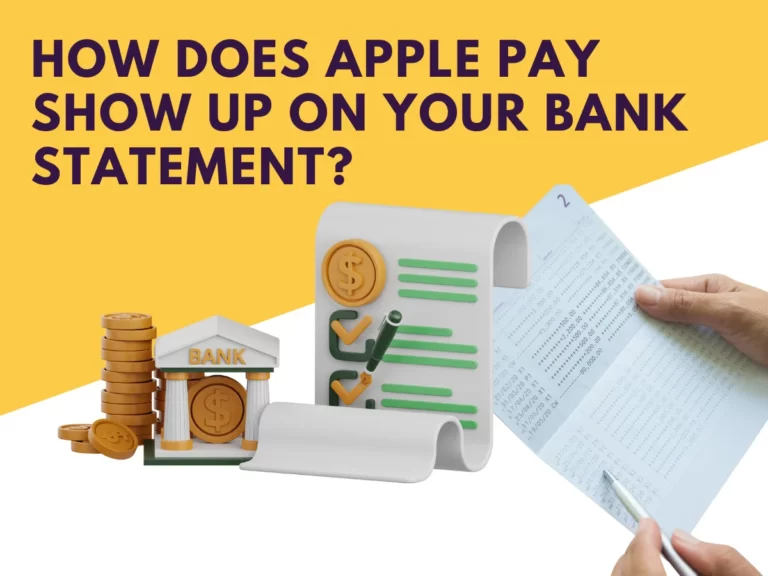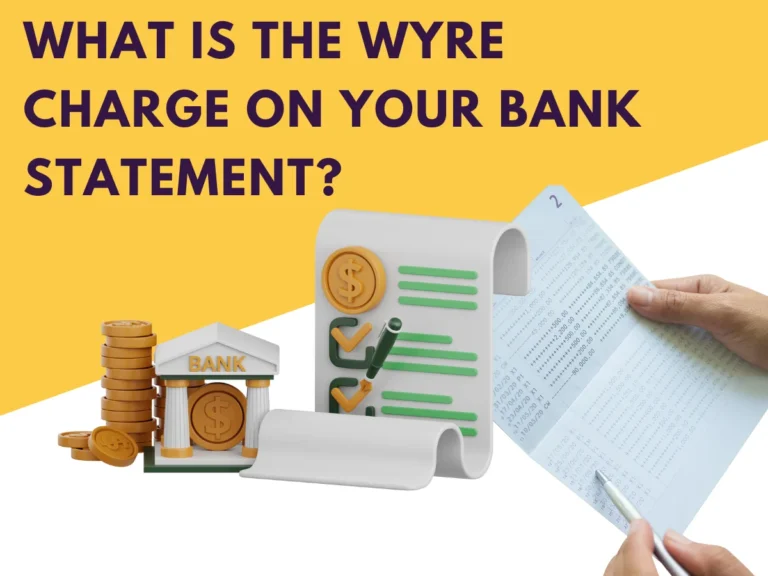What Is the Tesco PFS Charge on Bank Statement?
When glancing at your bank statement, you may come across a somewhat perplexing entry: the Tesco PFS bank charge. In this article, we will delve into the intricacies of what Tesco PFS charge entails, its purpose, and how it might differ from your actual fuel purchase at Tesco Petrol Filling Stations.
What is PFS on a Bank Statement?
The abbreviation PFS stands for Petrol Filling Station. When you see the Tesco PFS bank charge on your statement, it is essentially a record of a transaction made at a Tesco Petrol Filling Station. This charge encompasses the payment you made for various services, primarily fuel, at one of Tesco’s numerous petrol stations across the United Kingdom.
Understanding the Tesco PFS Bank Charge
Tesco, a prominent retail supermarket chain, extends its services beyond groceries. The company operates a network of petrol stations, allowing customers to conveniently fuel up their vehicles. When you visit a Tesco Petrol Filling Station, you can opt to pay for your fuel using a linked payment method, such as a debit card.
The resulting charge labeled as Tesco PFS on your bank statement serves as a transaction record. It facilitates the tracking of your expenses and helps you maintain accurate financial records of your visits to Tesco petrol stations.
Tesco PFS Bank Charge Notice:
It’s crucial to note that the Tesco PFS bank charge might initially appear higher than the actual cost of fuel purchased. For instance, if your fuel cost is £10, you might see an initial charge of £120. This additional amount encompasses a preauthorization or security deposit.
However, there’s no need for concern, as the difference between the charge and the actual fuel cost £110 in this case will be automatically refunded to your bank account.
Have Tesco Taken £120?
It’s essential to clarify that Tesco has not debited £120 from your account. The initial charge is inclusive of the fuel cost and an extra amount temporarily held for preauthorization purposes. Rest assured, the excess amount will be promptly refunded, reflecting the accurate cost of your fuel purchase.
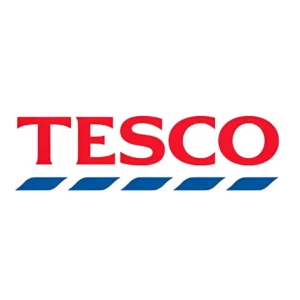
How Does the Tesco PFS Charge Appear on a Bank Statement?
When scrutinizing your bank statement, the Tesco PFS bank charge may manifest in various forms, each representing different types of transactions conducted at Tesco Petrol Filling Stations. Below is a breakdown of the possible entries:
- Tesco PFS: Fuel Purchase
- Tesco PFS: Shop Purchase
- Tesco PFS: Car Wash
- Tesco PFS: Other Services
Understanding these categorizations can help you interpret the charges accurately. Here’s an example in tabular form, illustrating how the Tesco PFS bank charge might appear on your bank statement:
| Date | Description | Amount |
| 2024-03-12 | Tesco PFS: Fuel Purchase | £50.00 |
| 2024-03-15 | Tesco PFS: Shop Purchase | £25.50 |
| 2024-03-18 | Tesco PFS: Car Wash | £5.00 |
| 2024-03-20 | Tesco PFS: Other Services | £15.75 |
In this example, each entry clearly indicates the nature of the transaction alongside the corresponding amount. The differentiation allows you to easily identify the specific services for which the Tesco PFS bank charge has been incurred. Whether it’s fuel, shopping, car wash, or other services, this breakdown provides clarity in understanding your expenditures at Tesco Petrol Filling Stations.
Also read Wyre Charge on Bank Statement.
How to Prevent Unauthorized Tesco PFS Bank Charges
In an era where digital transactions are the norm, ensuring the security of your financial information becomes paramount. The Tesco PFS bank charge may occasionally raise concerns, but proactively safeguarding your account can prevent unauthorized charges. Here’s a detailed exploration of the preventative measures you can employ:
- Monitor Your Statements Regularly:
- Why it Matters: Regularly reviewing your bank statements is the first line of defense against unauthorized charges. It allows you to identify any discrepancies promptly.
- Best Practices:
- Set aside dedicated time each month to thoroughly examine your bank statements.
- Scrutinize each transaction to verify its legitimacy.
- Look for any unfamiliar or suspicious activity.
- Set Up Transaction Alerts:
- Why it Matters: Transaction alerts provide real-time notifications, allowing you to stay informed about every transaction as it occurs. This instant awareness empowers you to take swift action in case of any unauthorized activity.
- Best Practices:
- Utilize your bank’s mobile app to enable transaction alerts.
- Customize alerts based on transaction amounts, ensuring you’re notified of both small and significant transactions.
- Regularly review and update your alert preferences as needed.
- Use Secure Payment Methods:
- Why it Matters: Opting for secure payment methods minimizes the risk of unauthorized charges by adding an extra layer of protection to your transactions.
- Best Practices:
- Prefer chip-enabled cards over traditional magnetic stripe cards.
- Embrace mobile wallets with added security features.
- Explore virtual card options for online transactions.
- Check Your Receipts:
- Why it Matters: Verifying the details on your receipts against the charges on your bank statement ensures that the amounts align, helping you catch any discrepancies early on.
- Best Practices:
- Keep your receipts organized and easily accessible.
- Cross-check transaction amounts, dates, and merchant details.
- Retain receipts for a reasonable duration in case of disputes.
- Review Your Online Account:
- Why it Matters: Periodically logging in to your online banking account provides an additional layer of oversight, allowing you to review recent transactions and identify any suspicious activity promptly.
- Best Practices:
- Set a recurring calendar reminder to log in and review your online account.
- Utilize additional security features offered by your online banking platform.
- Report any unrecognized transactions immediately.
- Keep Your Card Secure:
- Why it Matters: Protecting your debit card information and PIN is crucial to prevent unauthorized use. Unauthorized access can lead to fraudulent transactions and potential financial loss.
- Best Practices:
- Memorize your PIN and avoid writing it down.
- Shield your PIN when entering it at ATMs or point-of-sale terminals.
- Notify your bank immediately if your card is lost or stolen.
- Contact Your Bank:
- Why it Matters: In the event you notice any unauthorized Tesco PFS charges, promptly contacting your bank is essential to report the issue and initiate necessary actions.
- Best Practices:
- Use the designated customer service hotline provided by your bank.
- Provide detailed information about the unauthorized charges.
- Follow up on the resolution process and ensure corrective measures are taken.
Conclusion
Understanding the Tesco PFS bank charge is essential for maintaining control over your finances. While the initial charge may seem higher than expected, knowing that it includes a preauthorization amount provides peace of mind. By staying vigilant, reviewing your statements regularly, and following the preventive tips provided, you can ensure a secure and hassle-free experience when using your card at Tesco Petrol Filling Stations.
Read more articles.
